Fluorspar
Fluorspar, also known as fluorite, is a mineral composed of calcium fluoride (CaF2). It is a common mineral found in various geological environments, and is often associated with other minerals such as quartz, calcite, and barite.
Fluorspar has a variety of industrial uses due to its unique physical and chemical properties. It is commonly used as a flux in steelmaking and aluminum production, as well as in the production of cement, glass, and enamel. It is also used in the production of hydrofluoric acid, which is used to manufacture a wide range of products including refrigerants, fluoropolymers, and pharmaceuticals. Additionally, it has applications in the production of lithium-ion batteries, and is also used as a gemstone and in ornamental carvings.
The major producing countries of fluorspar include:
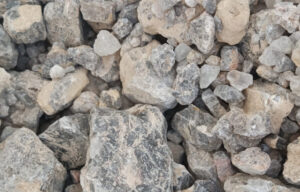
- China – China is by far the largest producer of fluorspar, accounting for about 60% of the world’s production. The major producing provinces in China are Hunan, Inner Mongolia, and Jiangxi.
- Mexico – Mexico is the second-largest producer of fluorspar, with most of its production coming from the states of San Luis Potosi, Durango, and Chihuahua.
- Mongolia – Mongolia is a significant producer of fluorspar, with most of its production coming from the Ovoot Tolgoi mine in the south of the country.
- South Africa – South Africa is a major producer of fluorspar, with most of its production coming from the Vergenoeg mine in the Gauteng province.
- Russia – Russia is a significant producer of fluorspar, with most of its production coming from the Sverdlovsk and Kemerovo regions.
Other countries that produce significant amounts of fluorspar include Spain, Germany, Vietnam, and Namibia.
Fluorspar is typically graded based on its calcium fluoride (CaF2) content. The grades of fluorspar include:
- Acid Grade – This is the highest grade of fluorspar, with a CaF2 content of 97% or higher. It is used primarily in the production of hydrofluoric acid and aluminum fluoride.
- Metallurgical Grade – This grade of fluorspar typically has a CaF2 content between 60% and 97%, and is used in the production of iron, steel, and other metals as a flux.
- Ceramic Grade – This grade of fluorspar typically has a CaF2 content between 50% and 96%, and is used in the production of ceramics, including porcelain and enamel.
- Optical Grade – This is the highest-purity grade of fluorspar, with a CaF2 content of 99.99% or higher. It is used in the production of lenses, prisms, and other optical components.
- Other Grades – There are other grades of fluorspar that may have specific applications, such as the use of lower-grade fluorspar in the production of cement or as a source of fluoride in water treatment.
Commercially traded fluorspar is subjected to inspection at the production phase or during the export phase when the materials are loaded into container before shipping. The inspection may vary depending on the specific regulations and requirements of the exporting and importing countries.
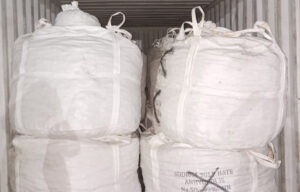
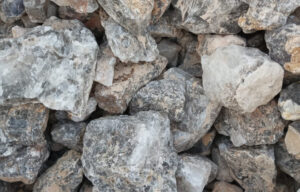
Sampling – Samples of the fluorspar will be taken from the shipment to ensure that the product meets the required specifications and standards for its intended use.
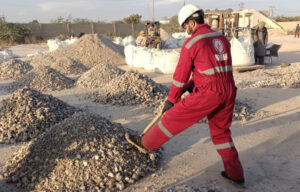
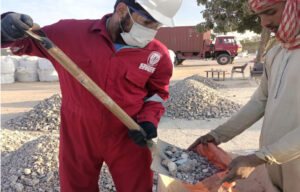
Testing – The samples will be tested for various physical and chemical properties, including calcium fluoride content, moisture content, particle size distribution, and impurities. The testing is likely to be conducted by international independent third-party inspection agencies and or laboratories or by government agencies.
Certification – Once the testing has been completed and the product has been found to meet the required specifications, a certificate of analysis will be issued to certify the quality and purity of the fluorspar.
Packaging and labeling – The packaging and labeling of the fluorspar may also be inspected to ensure that it meets the requirements for safe transport and handling, as well as any specific labeling requirements for the product.
We offer materials of 70%Caf2, 75%Caf2, 80%Caf2 and 85%Caf2.
For enquiry, please drop us an email and we will revert to you promptly.
